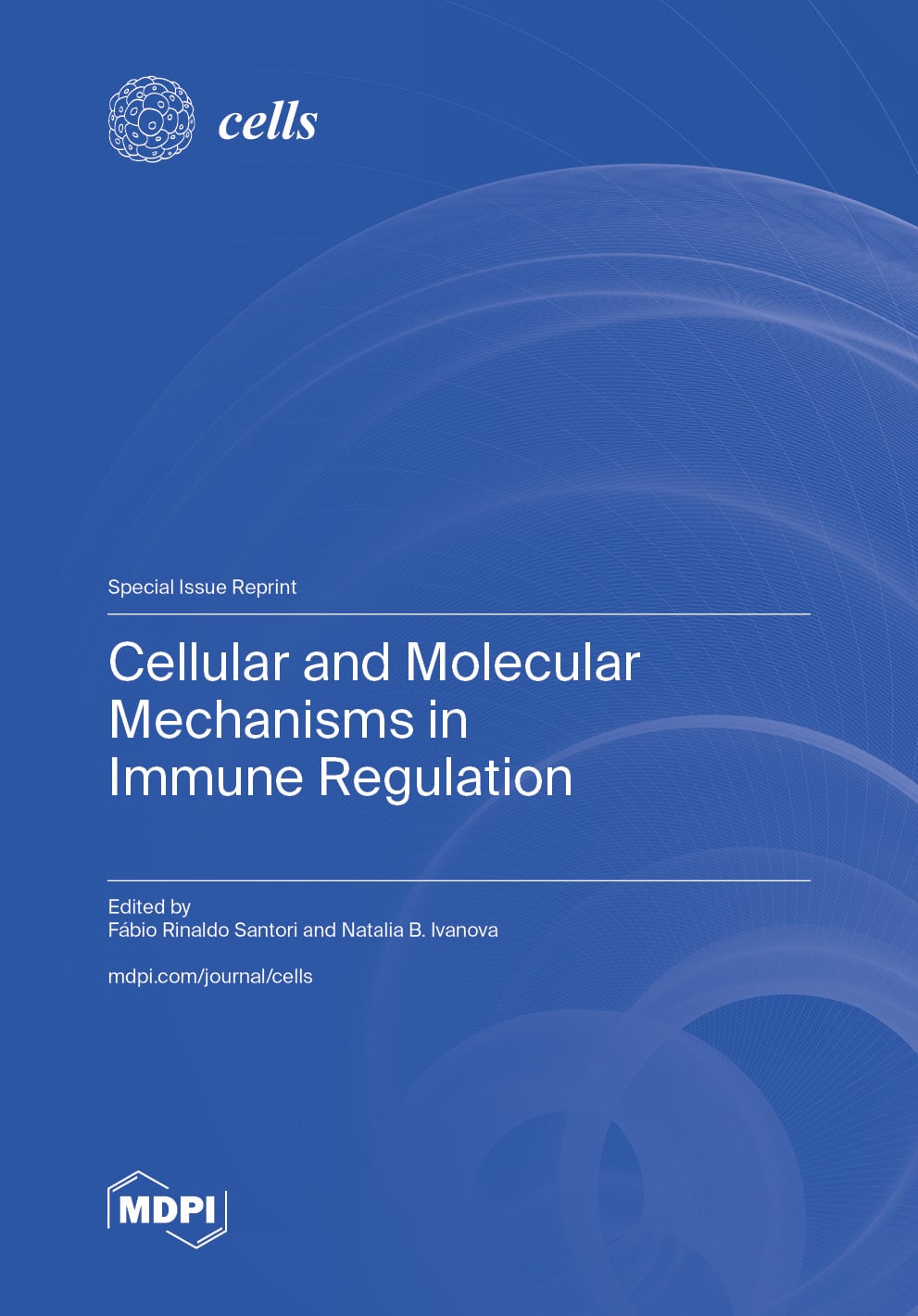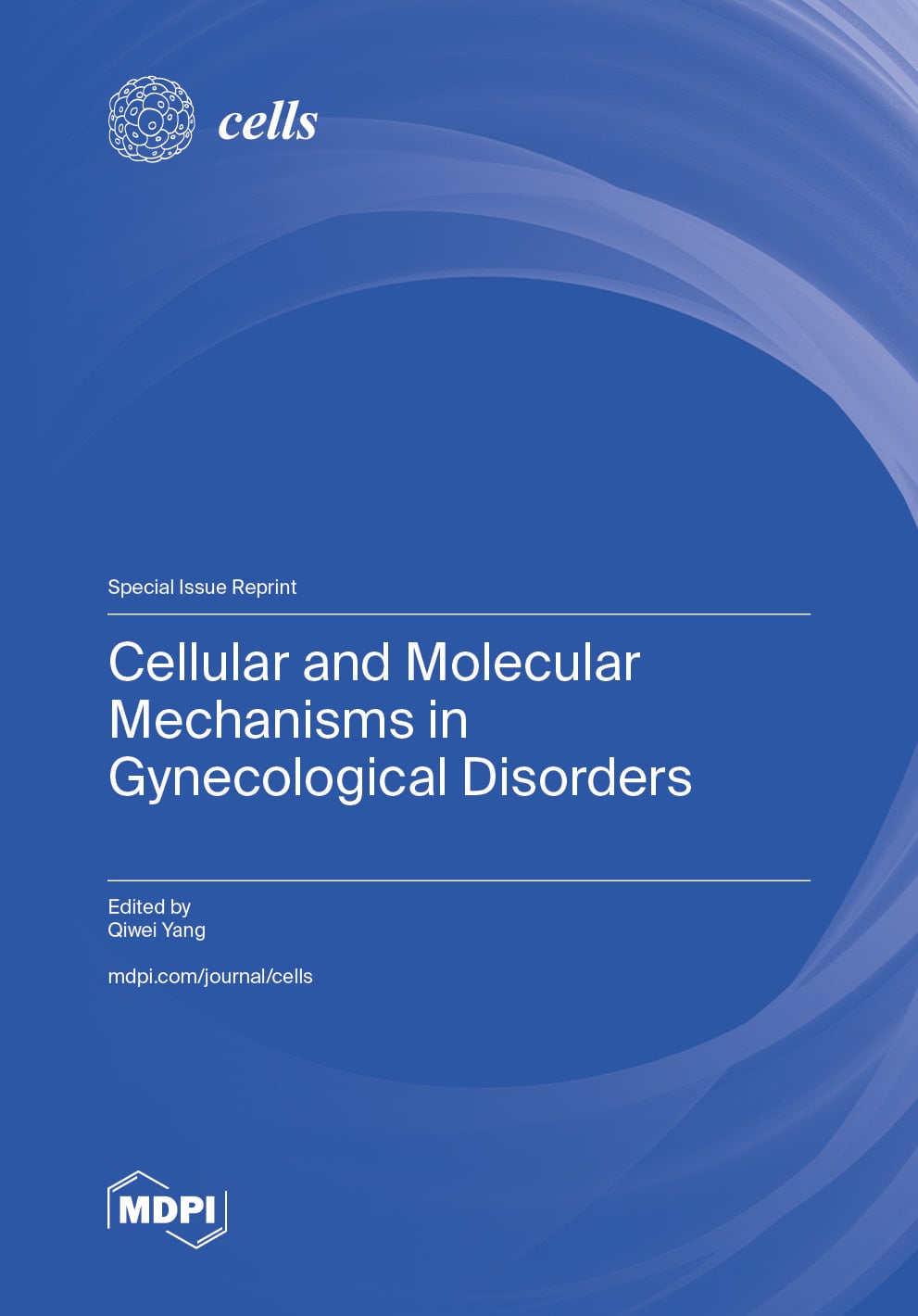- 5.2Impact Factor
- 10.5CiteScore
- 16 daysTime to First Decision
Cells
Cells is an international, peer-reviewed, open access journal on cell biology, molecular biology, and biophysics, published semimonthly online by MDPI.
The Nordic Autophagy Society (NAS) and the Spanish Society of Hematology and Hemotherapy (SEHH) are affiliated with Cells and their members receive discounts on the article processing charges.
Indexed in PubMed | Quartile Ranking JCR - Q2 (Cell Biology)
All Articles
News & Conferences
Issues
Open for Submission
Editor's Choice
Reprints of Collections

Reprint
Cellular and Molecular Mechanisms in Immune Regulation
Editors: Fábio Rinaldo Santori, Natalia B. Ivanova




